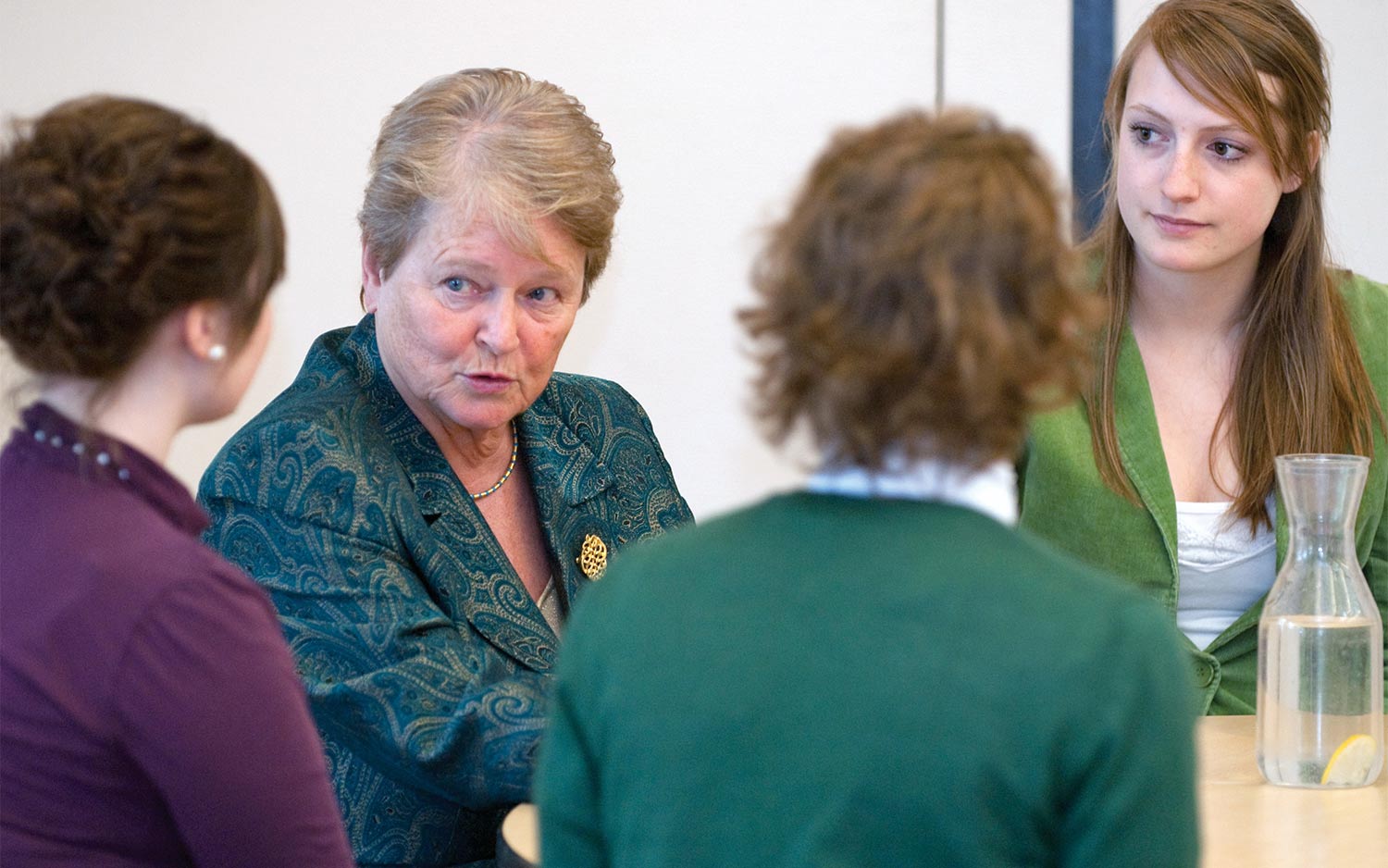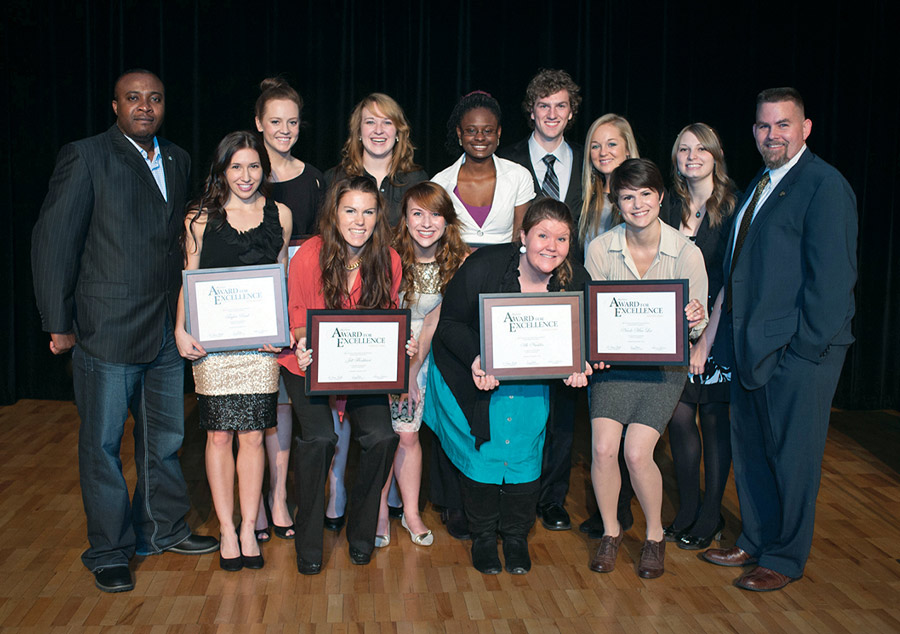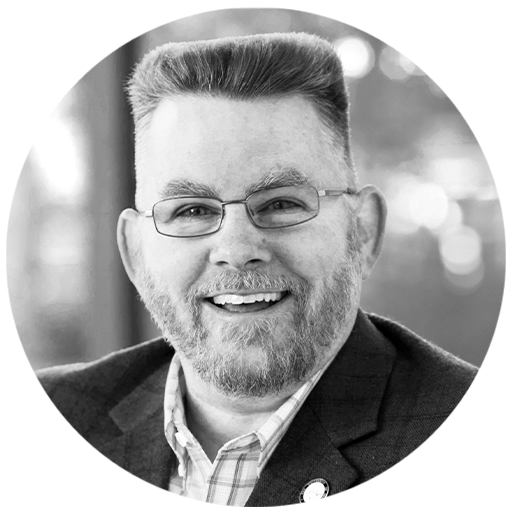
Photo courtesy of The Martin Institute – University of Idaho.
ou should be a diplomat,” observed one of the Martin Institute’s Advisory Board members following a conversation about efforts to raise the organization’s profile at the University of Idaho. We had come a long way in a handful of years, but challenges remained. While there were good people all around me, they didn’t trust one another, and the relationship had devolved over time to the point where both the Institute and the University were thinking about dissolving the partnership. This held true for the first couple of years of my tenure as director, which were spent building relationships of trust, and during this time I constantly thought of myself as a diplomat.
Diplomatic leadership is not an unfamiliar concept to most leaders, even if they do not refer to it by that name. It focuses on honesty and integrity, openness in dialogue and discussion, inclusiveness, and slow but sure progress. Whether or not one subscribes formally to the tenets of diplomatic leadership, many leaders include one or more of them in their own leadership ethos as a matter of course. In my case, I needed each of those diplomatic skills. With the relationship between the Martin Institute and the University at its nadir, I needed to be deliberate about my leadership.
Most writing about diplomatic leadership focuses on the responsibilities of a leader to internal constituents, culture and planning. This certainly matters a great deal. But one of the key aspects of the diplomatic portfolio is how diplomats work with external constituencies, or with representatives of other entities within multilateral institutions. Universities operate akin to the latter, with various areas all united in common cause (often around a strategic plan or other guiding principles), with colleges, divisions, departments, and constituencies all jockeying for position. As an endowment-funded honorific entity outside the traditional components of a university, the Martin Institute is peculiar. I lead in two ways, with fealty owed to two occasionally disparate organizations: the Institute and the University. And what I needed was something in the diplomatic leadership toolchest: I needed to employ the principles of good offices.
In the diplomatic world, good offices refers to the involvement of a trusted neutral party who provides services to two or more sides engaged in thorny negotiations. The term may refer either to a person or an entity serving in the role by virtue of personal or organizational reputation known to both sides. Because of its global stature, the most visible of these is the office of the United Nations (UN) Secretary General, including the Secretary General themself as well as deputies and special representatives vested with the institutional gravitas of the UN. Representatives from the Vatican also offer good offices, as do trusted senior figures such as members of The Elders, a group of senior statesmen founded by Nelson Mandela in 2007.
My experience indicates that complicated organizational structures can benefit immensely from a leader offering good offices. The problem is that one cannot command the role or wrest it, but needs either the aura provided by a position recognized as possessing good offices, or to grow into a role where trust is vested by all parties. Thus, if you can recognize how the whole organization would benefit from someone exercising good offices, then you can strategize how to develop that portfolio.
While I aspired to this stature, I could not act in the role when I started as director in 2005; I was not trusted enough by either side when I explained the sacrifice they would need to make to further the mutual relationship. For several years, both saw the other as needing to make concessions, while I saw a future in which we could all thrive. My biggest advantage was that I had been a junior leader in the unit for nearly five years when I assumed the directorship, and I had paid close attention to the various broad currents and smaller eddies that surrounded the Martin Institute, individual colleagues, partner departments, the college, and the university writ large. With that in mind, it was time to strategize.
As may be inferred, this is not a quick process. My worry was that in my initial position as interim director, I would not be given the three to five years I thought I would need to be trusted as offering good offices. Therefore, I needed to quickly launch a program that showed the direction I would go if allowed the time. It had to showcase the strengths of my home unit and serve the needs of many others. With that in mind, we launched the Martin Scholar program, in which funded undergraduate researchers worked with faculty members from partner units on a course buy-out basis.


At this point, people at the University needed to be made aware of partnerships and successes. In a bit of fortuitous timing, the University inaugurated a distinguished award program for Excellence in Interdisciplinary or Collaborative Efforts, which was given to the Martin Scholars program in the award’s first year. Significantly, the partner faculty, not just the Institute, shared in the award.
This is a part of saying thank you and giving credit where it is due, regularly and overtly. Prior to this the Institute had a habit of emphasizing its own contributions (which still matter) without acknowledging the role other people played in wider efforts. We had approached things transactionally, when shared successes were of utmost importance. This is at the heart of diplomatic leadership and can help with the scaffolding needed to achieve good offices. Because the Institute and University both prioritized teaching, research and outreach, we could do things unique to us while maximizing what the University prioritized as well.
Simultaneously, external constituencies – in my case, a dedicated advisory board and donors to the Institute – need to be reassured regularly and, if possible, engaged in the wider programming. To this end, we invited one of the board members to accompany our students on a trip to the United Nations and, the students being our best ambassadors, he caught the vision of what we were doing.
We also connected them with University leadership in positive settings. Deans in our college had long made a point of visiting advisory board meetings, with mixed success. I was fortunate to have a new dean two years into my directorship who shared my vision. She engaged fully with the board and built a relationship of trust. A new University president also arrived, with whom we staged a joint event involving students, a visiting dignitary, and the board. Each board member had a topic about the Institute to discuss briefly with the president and a charge to emphasize shared opportunities. We came out of that night much better positioned than we went in.
Community must be built around a shared vision. External constituents, staff, faculty, other campus partners and, in our case, students most especially should feel part of something stronger. I focused on that more than anything else, and we have long since identified as “Martin people” who work on a shared vision for mutual success. It has proved impossible to ignore, and is a tangible example of what and who we are, constantly reminding the groups I work with to build towards good offices that the model is successful.
Enacted over the course of five years, these collective actions positioned me at a point where both University leadership and the Martin Institute Advisory Board trusted me to lead on the behalf of both entities – the epitome of good offices in action. Certainly, work remained to be done, but from that point forward I was a trusted broker. Good offices as a concept should be aspired to by leaders in complex organizations where reporting lines are complicated and where time is the only limitation to creatively approaching relationship-building for mutual success.

Bill L. Smith, Ph.D., has the “most interesting job in academia.” Focused on how issues intersect in the world, his work with the Martin Institute requires an eclectic knowledge base that facilitates an understanding of how things fit together from a variety of disciplines and perspectives. While he specializes in the international system and on sports and international affairs, he is required to be something of an expert generalist. He enjoys community building in and around the Institute. He and his wife Kaari have called the Palouse region of Idaho and Washington home for more than 25 years.
Bill L. Smith, Ph.D., has the “most interesting job in academia.” Focused on how issues intersect in the world, his work with the Martin Institute requires an eclectic knowledge base that facilitates an understanding of how things fit together from a variety of disciplines and perspectives. While he specializes in the international system and on sports and international affairs, he is required to be something of an expert generalist. He enjoys community building in and around the Institute. He and his wife Kaari have called the Palouse region of Idaho and Washington home for more than 25 years.